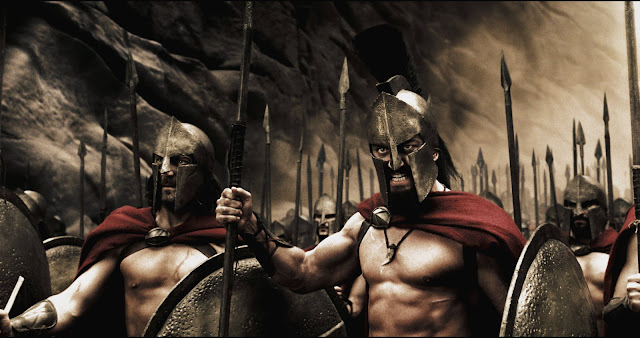 |
| I'm a very visual person, so my recipes will be very "show and tell". |
You'll need:
1 box Near East Roasted Garlic and Olive Oil Couscous (or any brand you prefer)
1 cup frozen or fresh broccoli florets
1/2 cup diced green peppers
1 small (golf ball sized) yellow onion
2 large eggs
1oz (think the size of about three dice) smoked Gouda cheese
2 tbsp butter
1/4tsp extra virgin olive oil
1/4tsp ground black pepper (or to taste)
Equipment:
Small pot
Large skillet
Cutting board (you can use anything, really)
Sharp knife
Heat safe spatula
Method:
Veggies -- Throw them in the skillet over medium high heat with 1 tbsp of the butter. Don't forget to chop your onion first. Cover and let cook, stirring occasionally, for about 5 minutes or until they're tender. Have faith, you'll be able to tell. If you can't, the onion should be slightly translucent, the broccoli bright green, and the pepper reduced in size.
Couscous -- Prepare as the box instructs, except use only a 1/4 tsp of extra virgin olive oil. It's for flavor, not frying, you don't need that much with the butter in the rest of the recipe. BEFORE you add the couscous to the boiling water, add your 1oz of smoked Gouda that you've chopped into pieces. Let the cheese and seasoning boil together for about a minute, then add the dry couscous, cover with a lid, and turn the heat off.
By now your veggies in the skillet are nearly done, your couscous is absorbing all the flavor from the seasoning packet and Gouda, so you're read to move on to EGGS!
Eggs -- I bet you were wondering where that second tbps of butter came in, weren't you? Move your veggies over to one half of the skillet, and turn the heat to low. Add the tbs of butter to the clear side, let it melt, then crack open your eggs and scramble them. Add ground black pepper -- it's okay to eyeball it. It should look like this:
Alright, by now most of us know how to scramble eggs. Just don't let them burn, which means stirring constantly and making sure they don't stick to the pan until they turn opaque. Once they do, turn the heat OFF, even if you think they're not done yet. They'll continue to cook. I promise.
Meanwhile, your couscous should look like the picture; light, fluffy, and all the liquid absorbed. Stir it up with a fork to make sure the cheese got melted.
Make it healthier: Basically this is a refined carb dish, so it's pretty calorie heavy. You could switch the couscous to quinoa, millet, or amaranth, omit the butter and sub extra virgin coconut oil, and omit the cheese for a lighter, less processed whole grain dish. BUT since I wasn't cooking in my own kitchen (my boyfriend is a lot less health conscious than I am), this is what I had to work with, so this is what you get!
Once you've done that, COMBINE everything into the large skillet, mix together with the spatula, and serve! The recipe serves three if you're eating it combined with a salad, or two hungry people! Leave me your feedback in the comments section. Hope you enjoy this first recipe! ~ Irena
Nutritional Info (per 1 out of 3 total servings):
Cal: 365
Carb: 42
Fat: 17
Protein: 15
Fiber: 4
Sugar: 4






